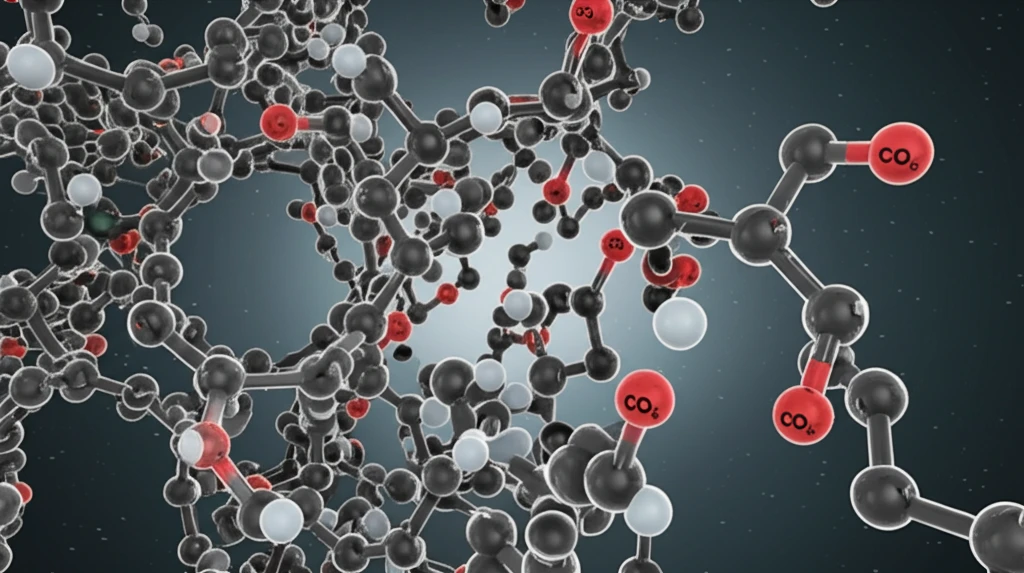
Can Innovative Materials Solve Climate Change? The Role of Advanced Catalysis
"Exploring how mesoporous silica and advanced catalysis can help reduce carbon emissions and create valuable products."
Climate change is one of the most pressing challenges. Finding effective solutions requires innovative approaches across various sectors, with materials science and chemistry playing a pivotal role. One promising avenue involves capturing and converting carbon dioxide (CO2), a major greenhouse gas, into valuable products. This approach not only helps to reduce CO2 emissions but also creates economic opportunities.
Advanced catalysis, the process of speeding up chemical reactions using catalysts, is crucial in converting CO2 into useful compounds. Catalysts made from innovative materials can significantly enhance the efficiency and selectivity of these reactions. Among these materials, mesoporous silica has emerged as a particularly promising support for catalysts. Its unique structure and properties make it ideal for facilitating complex chemical transformations.
This article explores how mesoporous silica, combined with advanced catalytic techniques, is being utilized to synthesize cyclic carbonates, a class of versatile chemicals with numerous applications. By understanding the science behind these materials and processes, we can appreciate their potential to contribute to a more sustainable future.
What is Mesoporous Silica and Why is it a Game Changer for Carbon Capture?

Mesoporous silica is a type of silica material characterized by its highly ordered, porous structure with pore sizes ranging from 2 to 50 nanometers. This unique structure provides a high surface area, making it an excellent support for catalysts. The large surface area allows for greater dispersion of catalytic materials, enhancing their activity and efficiency.
- High Surface Area: Enhances catalyst dispersion and activity.
- Ordered Pore Structure: Facilitates reactant and product diffusion.
- Tunable Properties: Pore size and morphology can be optimized for specific reactions.
- Stability: Mesoporous silica is chemically and thermally stable, ensuring long-term catalyst performance.
The Future is Green: Embracing Catalysis for a Sustainable Tomorrow
The development and application of advanced catalytic materials like mesoporous silica represent a significant step forward in addressing climate change. By enabling the efficient conversion of CO2 into valuable products, these technologies offer a dual benefit: reducing greenhouse gas emissions and creating economic opportunities. As research continues and new innovations emerge, the potential for catalysis to contribute to a sustainable future is immense. Embracing these advancements will be crucial in building a greener, more resilient world for generations to come.
